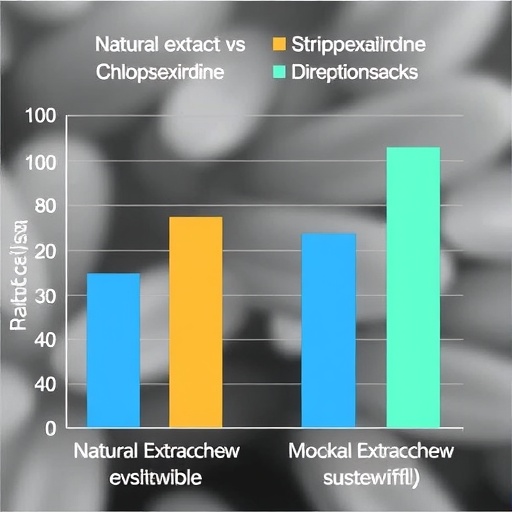In the current issue of Cardiovascular Innovations and Applications (Special Issue on Women’s Cardiovascular Health, Volume 3, Number 4, 2019, Guest Editor Gladys P. Velarde) pp. 329-348(20); DOI: https:/
The authors review existing flaws and limitations in traditional risk models and scores; examining the role of sex and the relative impact of specific coronary risk factors, traditional and nontraditional, and how these affect risk prediction and stratification. There has been an appropriate focus, since the turn of the 21st century, on sex- and gender-specific cardiovascular disease (CVD) as increasing evidence suggests that there are substantial differences in the risk factor profile, social and environmental factors, clinical presentation, diagnosis, and treatment of ischemic heart disease in women compared with men. As a result of increased awareness, detection, and treatment of ischemic heart disease in women, there has been significant reduction (greater than 30%) in cardiovascular mortality, and in 2013, more US men than US women died of CVD. Nevertheless, continued efforts are required as CVD remains the leading cause of cardiovascular morbidity and death of women in the Western world, and in women younger than 55 years there has been a rise in cardiovascular mortality. In this article, we review several of the contributing factors that continue to cause challenges in accurate risk prediction and risk stratification in women.
This article forms part of a special issue on Women’s Cardiovascular Health, guest edited by Gladys P. Velarde. Recent decades have witnessed great progress in the treatment of cardiovascular disease (CVD). Due to improved therapies, preventive strategies and increased public awareness, CVD (stroke, heart failure, ischemic heart disease, peripheral arterial disease and congenital heart disease) mortality has been on the decline over this span of time for both genders. Unfortunately, the decline has been less prominent for women, especially women of color. Once viewed as a man’s disease, CVD remains the leading cause of mortality for women in the United States and is responsible for a third of all deaths of women worldwide and half of all deaths of women over 50 years of age in developing countries. In the United States, CVD far outpaces all other causes of death, including all forms of cancer combined. The statistics are sobering with about one female death in the United States every 80 seconds from CVD. That represents close to 400,000 deaths per year according to the more recent statistics. Of these, more than one quarter of a million women will die this year from ischemic heart disease (IHD) which includes obstructive and non-obstructive coronary disease, and about 64% of women who die suddenly of IHD have no prior symptoms. Despite a significant number of females with known CVD and increased awareness among women of heart disease as their major health threat, a substantial proportion of women (46% as per the most recent American Heart Association survey) remain unaware of their cardiovascular risk and continue to fail to recognize its significance.
This lack of awareness is more profound (over 60% unaware) among women in higher-risk groups, racial and ethnic minorities, and has changed little in decades.
Poorly understood sex/gender differences in pathobiologic mechanisms, clinical presentation, management and application of diagnostic and therapeutic and preventive strategies have contributed to this gap. A critically important factor has been the underrepresentation of women in CVD research to date. In fact, only one-third of CVD clinical trials report sex-specific results despite The Food and Drug Administration regulations requiring sex stratification data, as well as the National Institute of Health recommendations of increased inclusion of women in clinical trials. This makes it difficult for researchers and clinicians to draw accurate conclusions about sex differences in mechanisms of disease, accuracy of specific diagnostic modalities and risks or benefits of a particular drug or device for the treatment of women with CVD. Furthermore, physicians and other healthcare providers continue to underestimate women’s cardiovascular risk, in part because of utilization of traditional approaches which can lead to over-testing or inappropriate risk assessment without accurate differentiating who is truly at risk and inadequate use of preventive therapies for women.
The goal of this special edition Cardiovascular Innovations and Applications is to shed some light on specific topics that dominate the spectrum of CVD in women.
Dr. Gladys P. Velarde is Associate Professor of Medicine/Cardiology at The University of Florida, Jacksonville, FL, USA, where she directs the Women’s Cardiovascular Health Program and is Director of the Cardiovascular Disease Fellowship training program.
https:/
CVIA is available on the IngentaConnect platform and at Cardiovascular Innovations and Applications. Submissions may be made using ScholarOne Manuscripts. There are no author submission or article processing fees. CVIA is indexed in the EMBASE, ESCI, OCLC, Primo Central (Ex Libris), Sherpa Romeo, NISC (National Information Services Corporation), DOAJ and Index Copernicus Databases. Follow CVIA on Twitter @CVIA_Journal; or Facebook.
###
Media Contact
Morgan Lyons
[email protected]
http://dx.




